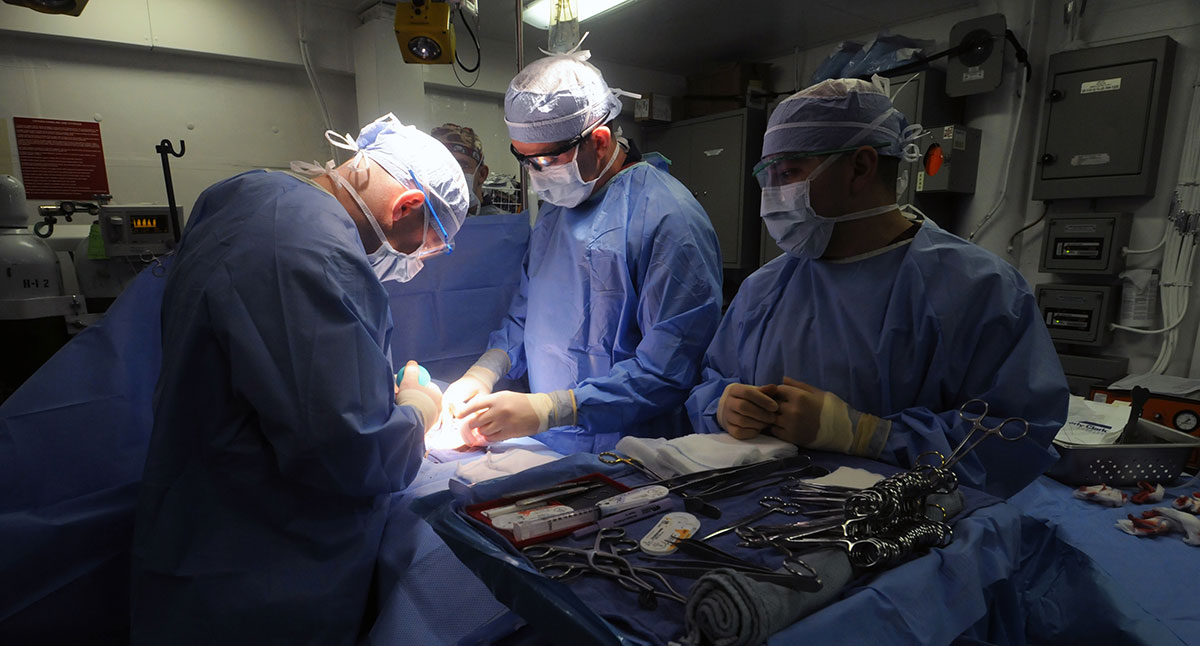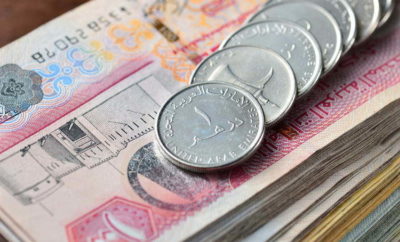Health
Chinese Patients Turn to India For Medical Treatment

Representational Image
Wikimedia Commons
India’s medical tourism industry is estimated to touch $3 million by 2023.
India is becoming a preferred destination for Chinese nationals seeking treatments for various medical conditions. As many as 483,000 people travelled outside from China for medical care in 2015, and the figures are estimated to cross 800,000 by 2020, according to Global Growth Market. A sizeable number of the patients going abroad from the country for treatment come to India.
This is best illustrated by the case of 40-year-old Hua Li’s (pseudonym) reported in The Global Times. Hua was infected with Hepatitis C through a blood transfusion during a surgery 14 years ago. Before her trip to India, she was already in the middle stage of liver fibrosis, which eventually leads to cirrhosis and liver cancer.
In New Delhi, Hua was taken to a private hospital and given medicine that wasn’t available in China. Her symptoms disappeared in four weeks.
Hua told the Chinese think tank Liaowang Institute: “The professionalism and cleanliness of India’s private hospital is impressive. It’s more like a hotel, unlike Chinese hospitals which are so crowded.”
India, which offers a wide range of medications and internationally proven medical expertise at a low cost, is a natural choice for Chinese patients who are not part of the upper strata on economic spectrum. This demand has given rise to Chinese companies targeting patients from third and fourth tier cities for medical tourism services in India. The cost of a 3-day medical trip to India for Chinese patient ranges from Rs 2 lakh to 5 lakh.
A medical management company told Global Times that they organised over 20 group tours to India for patients with liver diseases in 2016, and the cost for each person was around Rs 3 lakh. That included plane tickets, accommodation, hospital check-ups, medication and a Rs 1 lakh service fee.
The government of India, which is increasingly being called the ‘pharmacy of the developing world’, has granted compulsory licences for expensive drugs. This enables Indian manufacturers to produce these drugs without being prosecuted under patent law. China, on the other hand, has set strict barriers and hefty prices on imported drugs. According to The Global Times, many Chinese patients, who are unable to afford the prices of imported drugs, have tried to access cheaper Indian generic drugs through purchasing agents. However, Chinese government has come down heavily on smuggling of these drugs in recent years.
According to the Medical Tourism Market Report 2015, India was “one of the lowest cost and highest quality of all medical tourism destinations; it offers wide variety of procedures at about one-tenth the cost of similar procedures in the United States”.
Nithin Devarajulu Palavalli, an Indian who studied nanoengineering in Taiwan and Spain, saw the potential in medical tourism market. With his classmates, he founded a company for Indian medical tourism services after graduating from China’s Cheung Kong Graduate School of Business. He too is targeting patients in China’s third- and fourth-tier cities.
Meanwhile, the Indian government has been relaxing rules to make it simpler for foreign tourists to get a medical visa. It is, after all, a market that is expected to touch $8 million by 2020, according to Swadeep Srivastava, managing partner at India Virtual Hospital. The number of arrivals to India on medical visas was 66,254 in 2014, which grew to 122,121 in 2015 and 177,972 in 2016, Minister of State for Tourism Minister Mahesh Sharma said in a written reply to the Rajya Sabha earlier this month.
Fortis Hospital Bannerghatta in Bengaluru has been consistently ranking as one of the top 10 hospitals in the world for medical tourists for five consecutive years. The rankings were provided by Medical Travel Quality Alliance, an international organisation that aims to improve quality in medical tourism. The cities that attract the most medical tourists in India are Chennai, Bengaluru, New Delhi and Ahmedabad.




You must be logged in to post a comment Login